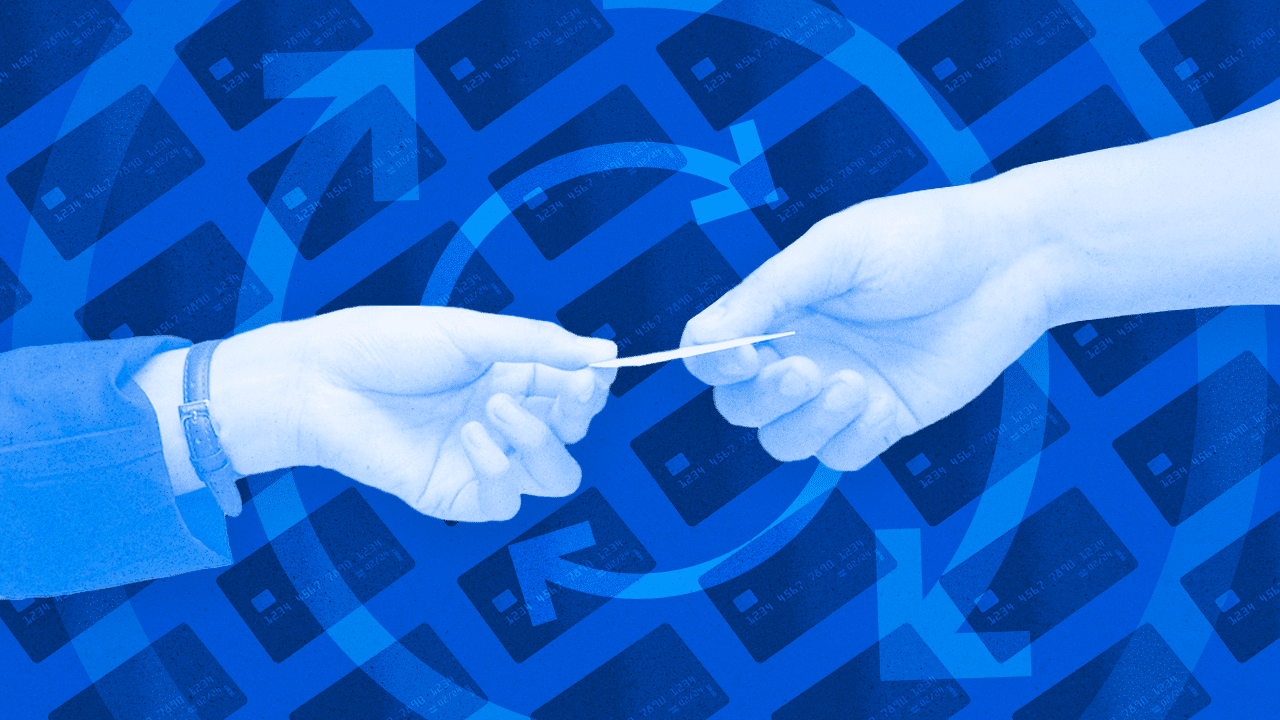We’ve seen digital commerce transactions skyrocket in the past few years, and chargeback rates rising along with them. Some chargebacks occur because of honest mistakes by customers. However, the number of chargebacks occurring because of fraud continues to increase rapidly.
How fraudsters commit chargeback fraud
Chargeback fraud is where someone deliberately disputes a legitimate payment transaction by contacting the issuing bank or payment processor, resulting in a chargeback. When someone commits chargeback fraud, they typically aim to get a refund while keeping the item(s).
You’ll often see fraudsters (and some legitimate customers) dispute authentic transactions. They dispute transactions in different ways, offering up excuses to the issuing bank or payment processor, such as:
- They never received the item(s) they ordered — commonly referred to as item not received (INR)
- They received the wrong item(s)
- The item(s) they received isn’t as described on the website
- The item(s) they received is damaged or has defects
- They didn’t authorize the transaction
The fraudster or customer purposefully initiates a chargeback instead of contacting the business where they placed the purchase. They essentially steal an item or multiple items from the online business through the chargeback process.
Chargeback fraud harms your business in many ways
Digital commerce businesses see chargeback fraud rising yearly, causing significant losses.
- A recent survey found that 65% of participating merchants reported increased chargeback fraud.
- A recent report states that chargebacks will cost merchants more than $100 billion in 2023.
When fraudsters or customers commit chargeback fraud, they harm your online business in several ways:
- Lost revenue: When someone files a fraudulent chargeback, they essentially steal your merchandise, which means you lose revenue. You also lose revenue due to the fees and costs of every chargeback.
- Lost time: Responding to transaction disputes takes a lot of work. You must gather information to defend against the chargeback filed. Then you must go through a typically complicated chargeback representment process. Most companies have a team dedicated to addressing payment disputes, spending time on chargebacks when they’d rather focus on tasks that bring value to the company.
- Higher chargeback rate: The more chargebacks you have, the higher your chargeback rate. A high chargeback rate means you risk high credit card processing fees and penalties. Suppose chargebacks remain too high for too long. In that case, you risk getting placed in a dispute monitoring program (like Visa’s VDMP) or losing the ability to accept one or more major credit cards altogether.
- Tarnished reputation: How would your customers feel if your online business no longer accepted major credit cards like Mastercard or Visa? Most, if not all, would become angry or disappointed if they can’t use their preferred credit card to pay for their order on your website. Some customers would likely post about your payment issues on social media, harming your company’s reputation.
While chargeback fraud poses a substantial risk to your business, you can reduce that risk by following online chargeback prevention best practices.
Four best practices for preventing online chargebacks
You can do a lot to avoid chargebacks and reduce chargeback costs, starting with these four best practices:
1) Always communicate clearly with your customers
You can reduce chargebacks by constantly communicating clearly with your customers. For example, you should:
- Make sure customers can quickly contact your business and ask questions about transactions.
- Automate order confirmations to remind customers they purchased from your website.
- Ensure your billing descriptor is recognizable on customers’ credit card statements.
- Explain your return policies clearly on your website and automatically apply them before customers place a purchase.
You should also consider implementing a tracking system that allows customers to see the status of their orders in real-time, including shipment and delivery. With a real-time shipment tracking system, you can provide proof that customers have received their orders.
2) Offer your customers strong authentication methods
Some chargebacks occur because of unauthorized purchases, usually committed through account takeover (ATO fraud) or by using stolen credit card numbers (CCNs) for purchases. Fraudsters tend to get their hands on CCNs through phishing scams or dark web marketplaces. When fraudsters use these methods to buy items from your website, you get hit with chargebacks.
You can help protect your customers and your business from unauthorized purchases by:
- Always asking for the CVV code at checkout: fraudsters don’t always have the codes from stolen card numbers.
- Implementing two-factor authentication (2FA): 2FA can help prevent fraudsters from taking over customer accounts and placing fraudulent orders. You should offer SMS 2FA at a minimum. For improved security, also offer 2FA through an authenticator app.
3) Use chargeback fraud detection software with real-time decisioning
You should always use a modern chargeback fraud detection solution that includes real-time fraud decisioning. These kinds of fraud solutions utilize AI to detect behavioral patterns that could lead to chargebacks for your business. Real-time decisioning stops fraudsters before they make it through payment authorization. Too many merchants still use rules-based fraud prevention solutions, which most fraudsters have learned to bypass. If you still use rules to prevent fraud, you can reduce your chargeback rate by upgrading to an AI-powered fraud prevention solution.
4) Automate chargeback recovery
While you have many options for preventing chargebacks, some will still occur — particularly those involving first-party or friendly fraud. However, you can automate chargeback recovery, speeding up the representment process and optimizing your ability to recover lost revenue. An automated system monitors and tracks disputes automatically and tells you which claims you should or shouldn’t dispute based on insights into the transactions. It can also help you streamline back-office operations and significantly improve chargeback dispute win rates.
If you follow these best practices, you can significantly reduce your chargeback rate. However, you should consider moving to a platform with multiple holistic fraud management solutions to better manage fraud and chargebacks.
Combat chargeback fraud with Forter
Most fraud prevention solutions today use supervised learning, which works best for detecting known fraud types. Some digital commerce companies still rely on legacy solutions that make fraud decisions based on preprogrammed rules. These systems can’t identify new or quickly evolving forms of fraud, so fraudsters can still get through, which means you still get a lot of chargebacks.
On the other hand, Forter’s Trust Platform consists of three core elements that enable it to assess every customer interaction and predict which transactions will lead to chargebacks. These elements include:
- First-Party Identity Graph – Know who to trust: Our identity graph of more than 1.2 billion identities uses soft linking to accurately uncover who is behind every online interaction. We can detect bad actors and legitimate customers new to your digital commerce platform.
- Network Effects — Fight fraud together: Our network is 3x the size of our nearest competitor. When you partner with Forter, you can fight fraud in a consortium with the world’s leading brands. More data means better fraud decisions and a delightful experience for your customers.
- Decision Engine — Assess trust instantly: In the fast-paced world of digital commerce, you need to make decisions about trust quickly. Our decision engine leverages AI and machine learning to make real-time decisions — 99% of decisions are made in less than 400 milliseconds.



